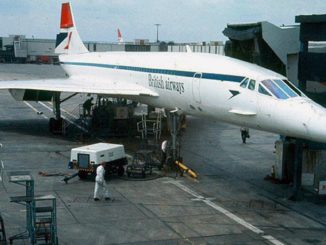Before my late uncle could take part in “air policing” the Middle East (see Part 1) and when not exploring the local sights and antiquities (see Part 2), he was learning to fly.
My uncle first flew, as a passenger, in an Avro 504 at North Weald aerodrome in Essex in 1929 and went on to fly, still as a passenger, in various aircraft such as the Vickers Virginia, DeHavilland Moth and Bristol Bulldog until he was posted to Abu-Sueir in 1935.

© John Tull 2024, Going Postal
He started his training as a pilot on 9th of December 1935 at No 4 Flying Training School, Abu-Sueir, Egypt flying with an instructor in a dual control Avro Tutor, and took his first solo flight on the 31st of December, again in an Avro Tutor. His training then continued until, according to his flying log, he was “authorised to wear Pilot’s Flying Badge in accordance with K.R. and A.C.I’s para 811, clauses 7 & 8, w.e.f. 9th August 1936.”
Established in 1921, the big advantage of the Flying School in Abu-Sueir was the endless desert surrounding it giving plenty of air space in which to practise flying along with what were then compliant neighbours. However on the basis of what goes up has to come down at some point, crashes during training were presumably not uncommon based on the number of them that my uncle photographed.
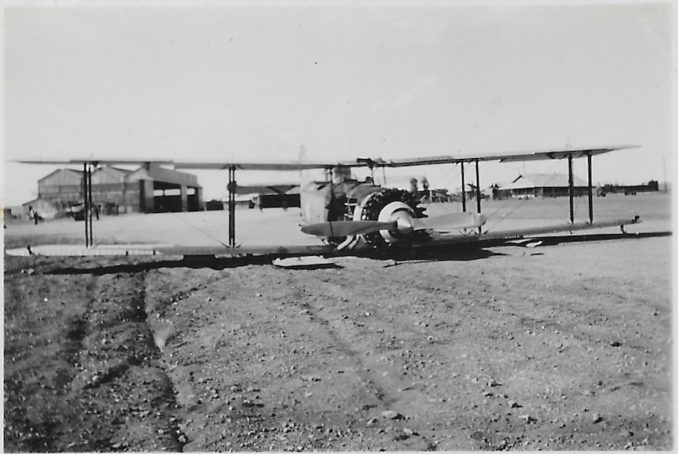
© John Tull 2024, Going Postal
A heavily landed Fairey IIIF in November 1935 which apparently was piloted by “Flt.Lt. Howes” according to my uncle’s handwritten comment on the back. Originally built for the Royal Naval Air Service from 1917, the Fairey IIIF variant was first delivered to the RAF in 1926 as a two-seat general-purpose aircraft and stayed in service until 1942. A single, complete Fairey IIIF has survived being in Portugal’s Naval Museum as the first aircraft to fly across the South Atlantic.

© John Tull 2024, Going Postal

© John Tull 2024, Going Postal
This ground-looped Hawker Hart was designed by Sydney Camm who went on to design the Hawker Hurricane, Typhoon and Tempest, progressed post-war to the Hawker Hunter and finished his career in the 1960s working on the Hawker Siddeley Kestrel that was eventually productionised as the Hawker Harrier and is still in service with the US Marine Air Corp today. Not a bad career for a working class lad who started out as an apprentice carpenter in 1908. Around a thousand Harts were produced along with significant numbers of the Demon, Hardy, Hind and Hector variants. First delivered to the RAF in 1931, it stayed in service until 1943 and there are two surviving Harts in the UK, one at the RAF Museum in Hendon and the other at the RAF Museum in Cosford.
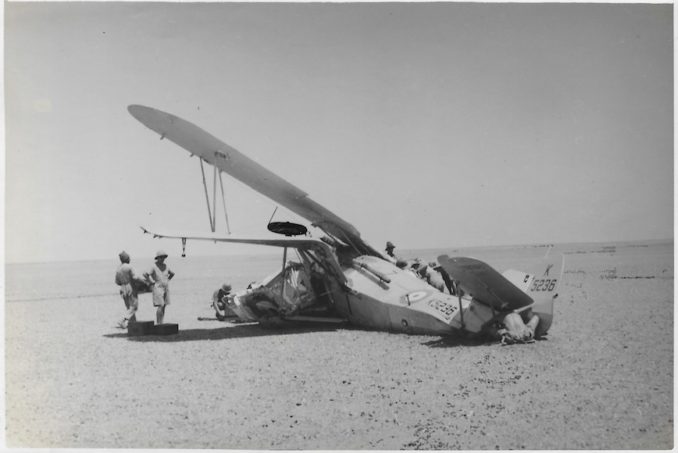
© John Tull 2024, Going Postal
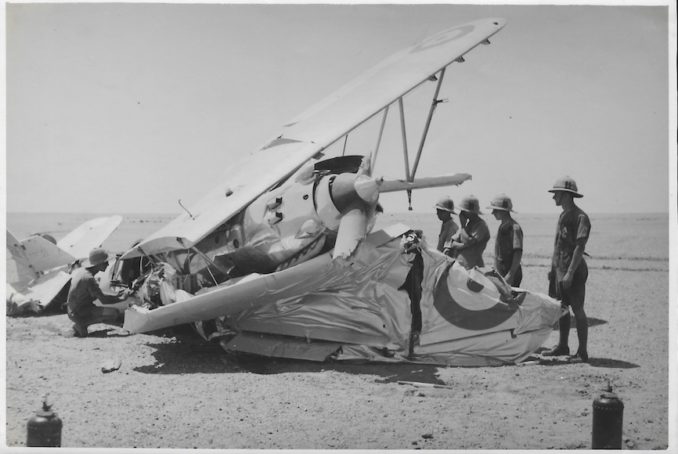
© John Tull 2024, Going Postal
This Avro Audax appears to have side-slipped whilst landing in the desert. The Audax was a development from the Hawker Hart for Army cooperation duties and first entered service in 1932. The key difference to the Hart being a tropicalised engine, longer exhaust pipes and a message pick-up hook slung underneath attached to the undercarriage. A total of 785 were built, primarily by Hawker and Avro with smaller numbers built by Gloster, Bristol and Westland. Although in service up to 1945, none have survived.
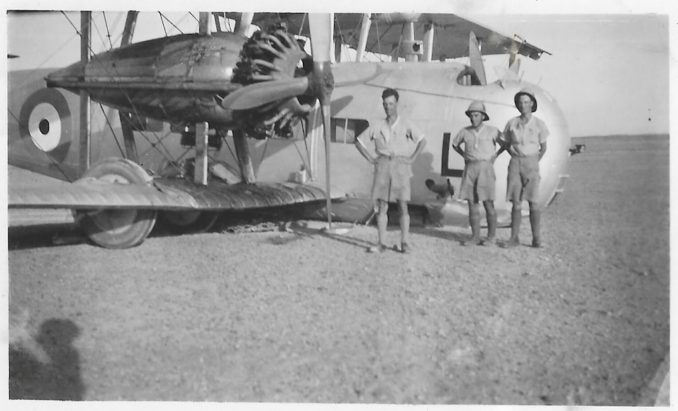
© John Tull 2024, Going Postal
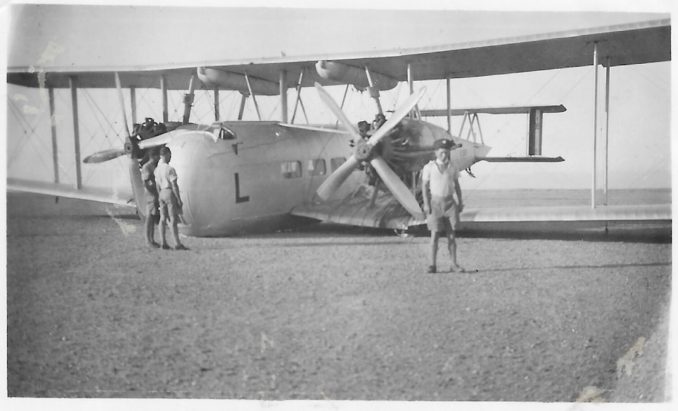
© John Tull 2024, Going Postal
This heavily landed Vickers Victoria is the type of workhorse transport that would have flown men and supplies between the different RAF aerodromes in the Middle East as well as airlifting troops into trouble spots. Also used for long-range training flights, the first was delivered in 1926 and, of the ninety-seven built, some were converted into Vickers Valentias and were still flying in WW2 until retired in 1944. None have survived.
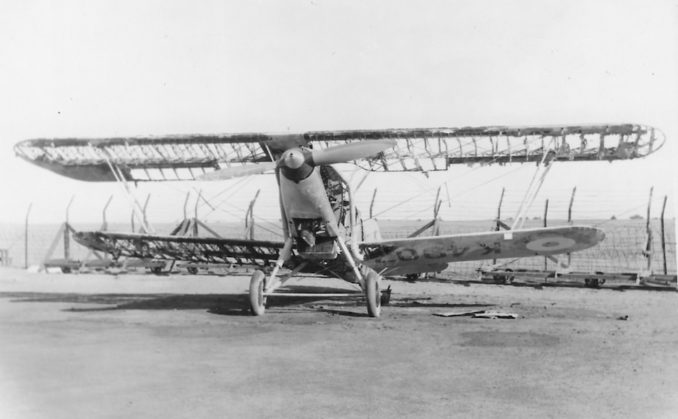
© John Tull 2024, Going Postal
A potential Desert Mystery as I have a photograph of this Hawker Hart by my uncle in a complete, flyable condition and also this photograph showing it with substantial amounts of its fabric stripped. Which is before and which is after is now lost in the mists of time, but I suspect that it had suffered from being left out in the open during a desert sandstorm. Did it get repaired and put back in service, or was it stripped for spares?
The next Desert Mysteries Redux, Part 4, will be a further look at the inter-war RAF “air policing” the desert.
© text & images John Tull 2024

